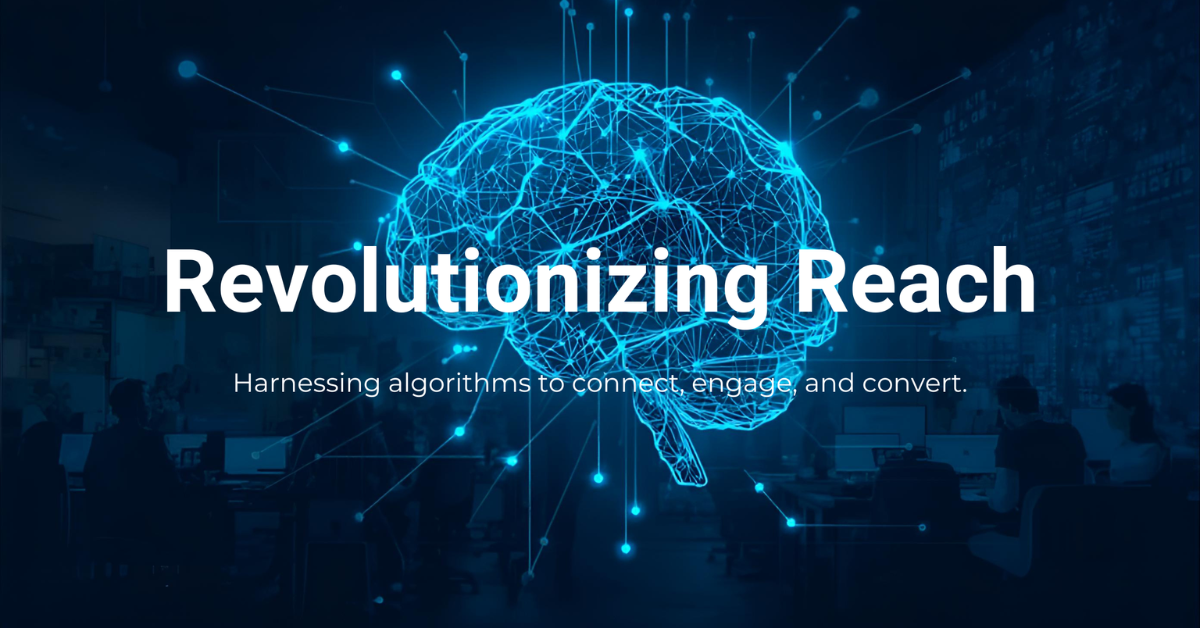The foundation of AI strategy isn’t technology—it’s (creating psychological safety for AI adoption)
The AI adoption gap isn’t technical—it’s emotional. Teams fear ego threats, control loss, and social judgment. Here’s the 3-step psychological fix that actually works: normalize curiosity, reframe identity, build micro-trust loops. Fix the fear, then teach the prompts.

